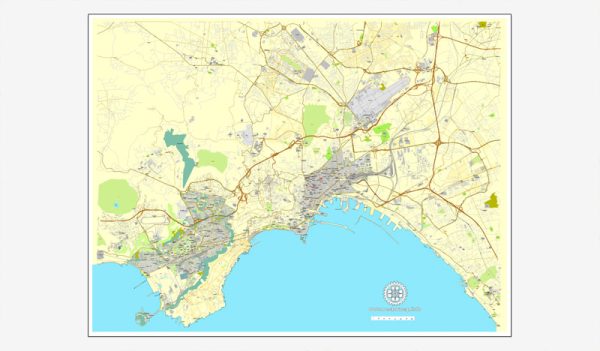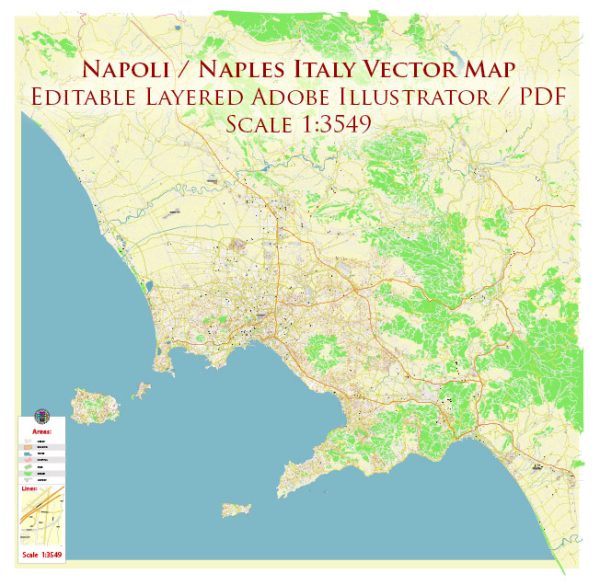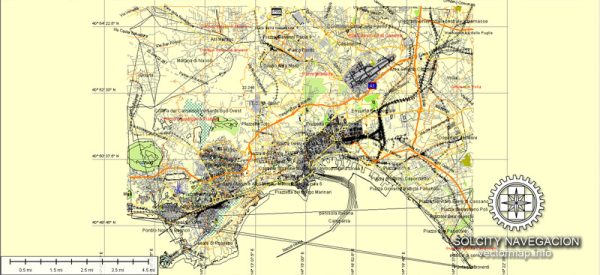Naples, Italy, boasts a rich and diverse architectural heritage that reflects its long history and the various civilizations that have influenced the city over the centuries. Here’s a brief description of Naples’ architecture:
- Ancient Roman Influence: Naples was founded by the Greeks in the 8th century BC and later became a significant Roman city. As a result, you can find several Roman architectural elements throughout the city. The most famous is the ancient Roman aqueduct known as the “Napoli Sotterranea,” which includes tunnels, cisterns, and other structures.
- Medieval and Renaissance Architecture: The historic center of Naples is a UNESCO World Heritage Site and is filled with narrow, winding streets and buildings that date back to the medieval and Renaissance periods. You’ll find impressive churches and palaces like the Naples Cathedral (Cattedrale di San Gennaro), Castel dell’Ovo, and the Church of Santa Chiara.
- Baroque Splendor: Naples is known for its stunning Baroque architecture, which reached its zenith during the 17th and 18th centuries. The city’s Baroque churches are especially renowned, with ornate facades, grand interiors, and opulent decoration. The Church of Gesù Nuovo and the Church of San Domenico Maggiore are prime examples.
- Spanish Influence: Naples was under Spanish rule for many years, and this influence is evident in the architecture of the city. The Spanish Quarter (Quartieri Spagnoli) is a labyrinth of narrow streets with Spanish-style buildings, and the Royal Palace of Naples (Palazzo Reale) reflects this influence with its grandiose design.
- Neoclassical and 19th Century Styles: In the 19th century, Naples experienced a resurgence of classical architecture, and you can find several neoclassical buildings and squares throughout the city. Piazza del Plebiscito, for instance, is a vast neoclassical square surrounded by important buildings like the Royal Palace and the Church of San Francesco di Paola.
- Art Nouveau (Liberty) Architecture: Naples also has examples of Art Nouveau, locally known as “Liberty” architecture. This style is characterized by its flowing lines and organic motifs. Notable examples include the Galleria Umberto I and the Villa Floridiana.
- Modern and Contemporary Architecture: Naples has seen the development of modern and contemporary architectural designs as well. Some of these structures include the Centro Direzionale, a business district with modern skyscrapers, and the Museo d’Arte Contemporanea Donnaregina (MADRE), a contemporary art museum known for its striking design.
Naples’ architecture is a fusion of various historical periods, making it a visually captivating city with a unique blend of styles. The city’s diverse architectural heritage, combined with its stunning coastal location and vibrant street life, makes it a fascinating destination for travelers interested in history and culture.




 Author: Kirill Shrayber, Ph.D.
Author: Kirill Shrayber, Ph.D.